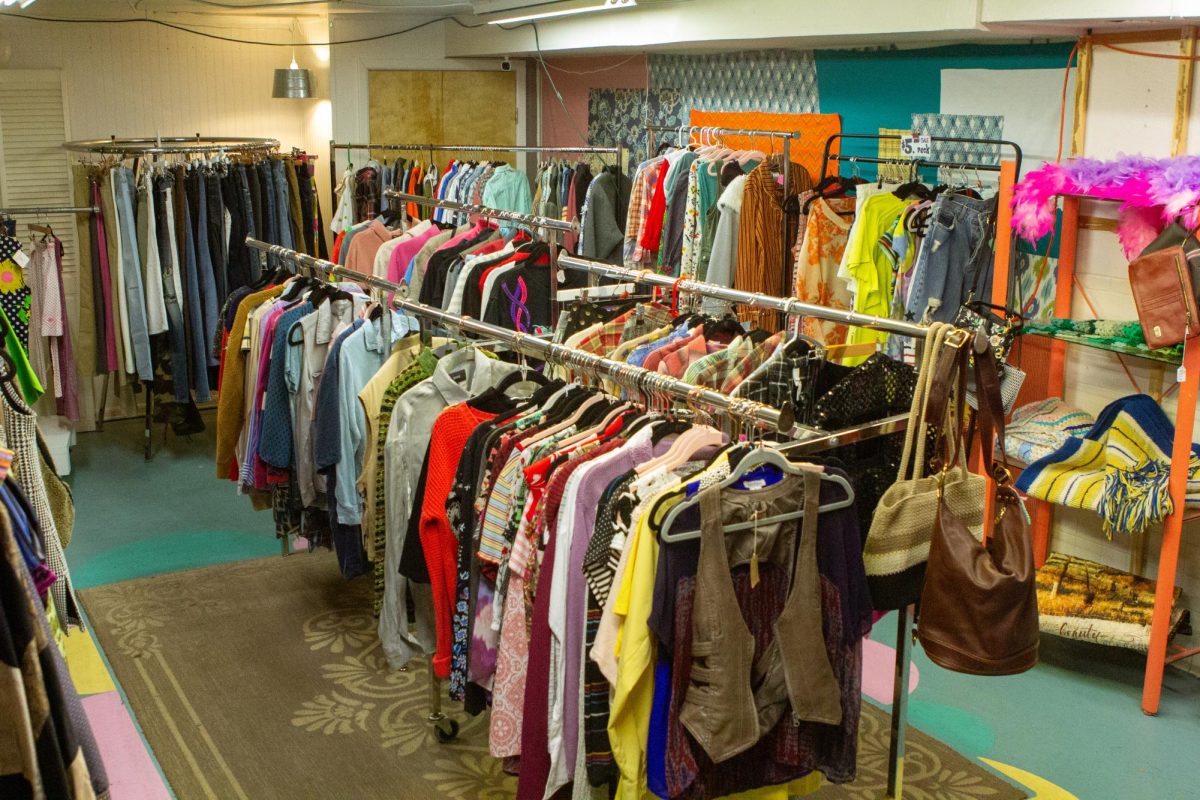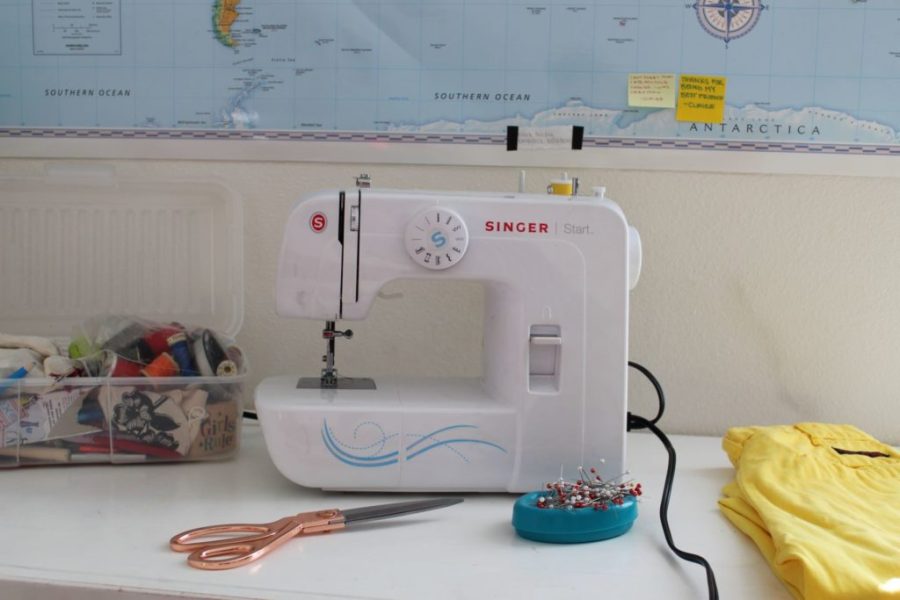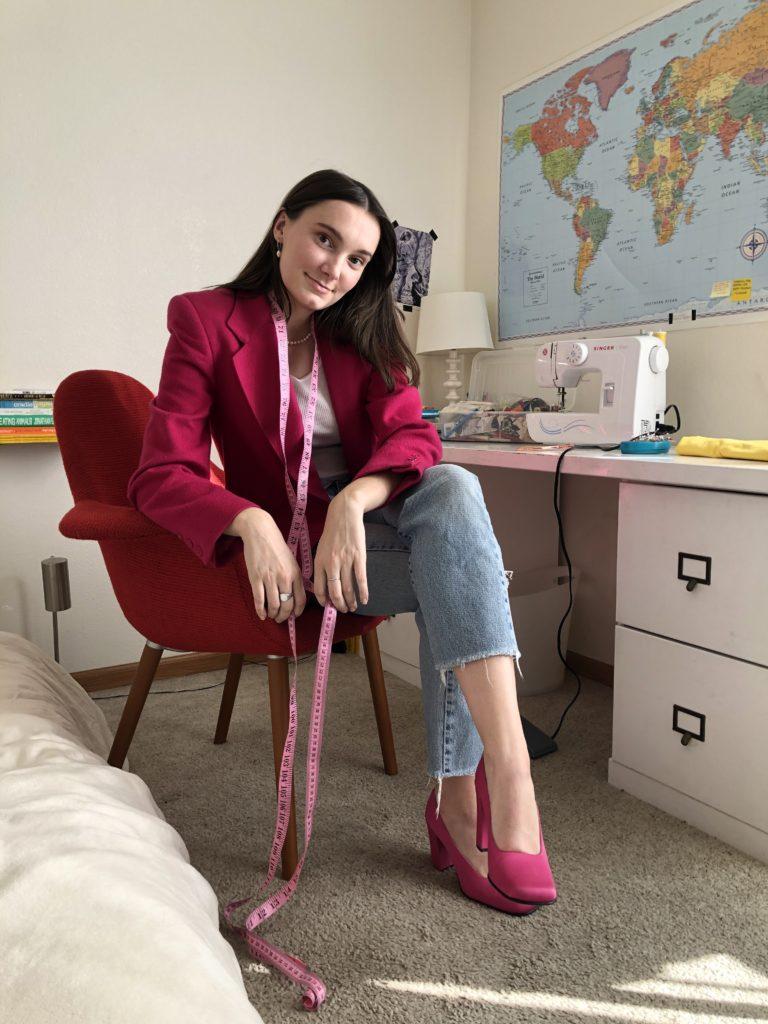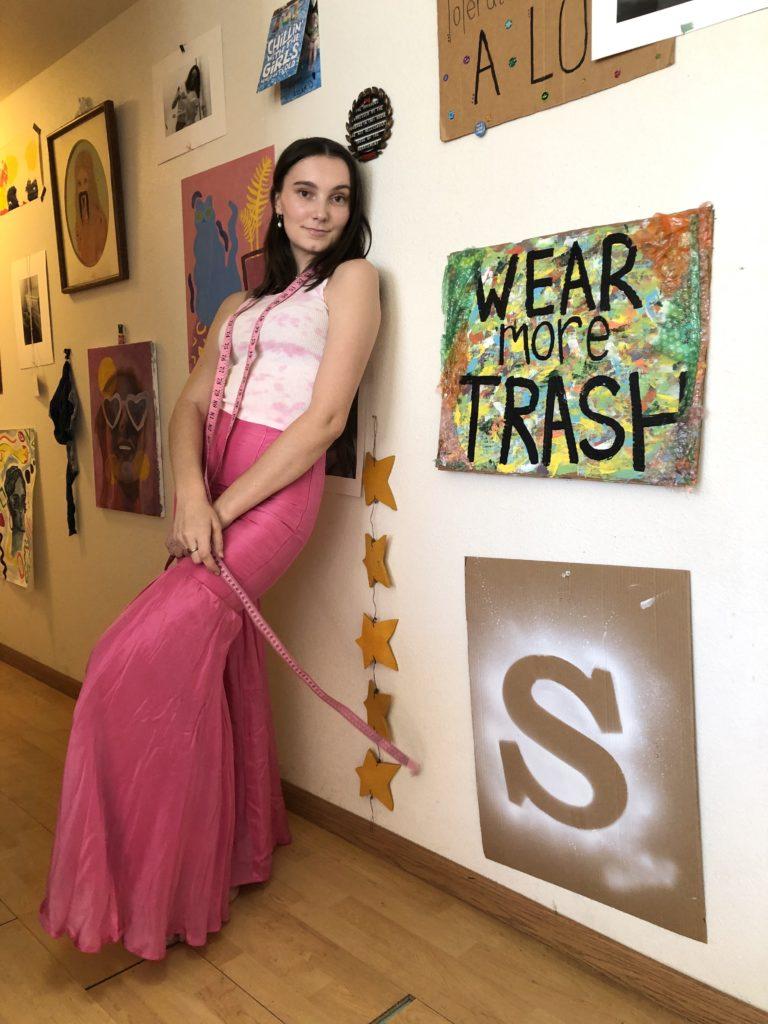The average American discards about 70 pounds of clothing and other textiles every year, according to the Huffington Post. That’s equivalent to 64 T-shirts or 16 pairs of jeans. The EPA reports that 85 percent of this textile waste ends up in landfills, where it can last from a few months to hundreds of years before decomposing.
This high turnover rate of clothing is often referred to as “fast fashion.” In order to meet the constant demand for cheap clothing and current trends, many retailers currently focus on providing customers with lower-quality goods, which are often made through exploited labor. Though the majority of the product’s costs aren’t paid by the customer, they still must be paid; in many cases, the burden shifts onto the environment.
“We are eating the world; we’re just chewing through everything,” says Philip Cafaro, a CSU philosophy professor who teaches environmental ethics. “We are paying some attention to the impacts of our consumption, but we’re not doing enough to limit the impact.”
There is a hidden truth behind the trendy threads found in store-front windows and shopping malls.

“Clothing is something we’re interacting with all the time, but I think it’s very low on personal acknowledgments of impact,” says Sara VanHatten, director of the Student Sustainability Center on campus. “That’s why it has always interested me. It seems like an industry that’s very tucked away and that no one talks about much in regard to sustainability.”
VanHatten, a fourth-year CSU student studying sustainability, creates unique outfits that reflect her vibrant personal style as well as her passion to preserve and protect natural environments.

“90% of my closet is from a thrift store, mostly from The Arc located down the street,” VanHatten says. “Thrifting allows you to not only save money but also to reduce the waste that accompanies buying new items. Supporting thrift stores benefits individuals and it promotes a healthier and more sustainable global community and environment.”
As for the other 10% of VanHatten’s clothing, she purchases the majority of it from ethical and environmentally conscious brands, such as Patagonia and Reformation. She’s been working to “shift [her] consumption to make more meaningful purchases.” These name-brand products often tend to be more expensive but many of the companies provide better benefits to employees, source and produce materials in sustainable ways, and create clothing meant to last for a longer time.
In the past, VanHatten has even challenged herself to not purchase any new clothing for a year, in order to fully explore the different looks she could create from the textiles she already owns. “I probably got more compliments that year than ever before,” she says. “It’s such a good feeling being able to tell someone you got your outfit from a thrift store after they compliment you. A lot of people can be really shocked by that.”
To VanHatten, fashion is all about “wearing what makes you feel great, regardless of how ‘on-trend’ it is.”
“It’s amazing how clothing can shift your mood,” she says. “I think it can be surprising sometimes what you put on that makes you feel good. It could be a pair of jeans and a baggy sweatshirt, and you might feel like the coolest person ever. At the end of the day, that’s what I’m trying to get across with my outfits.”
Here are some of VanHatten’s tips and tricks for navigating thrift stores to find items you love:
Tips for Thrifting Success
Patience is key.
You’re not going to walk in and immediately revamp your closet, as you’re able to do in a retail store where you can see right away most of what they carry. It takes time to search for the items you love.
Touch everything in the store.
This one is huge for someone who’s never thrifted before. Obviously that can be time-consuming, but you never know what might be hidden.
Search the sizes below and above yours.
Thrift-shop workers are rapidly sorting and moving things onto the floor. You never know if your next favorite piece of clothing was accidentally put in the wrong section.
Scan for textures, patterns, and colors you like.
If you’re looking for something specific, this could save you a lot of time.
Look across gender sections.
This allows you to really go anywhere within the store. Items placed in a different category could be a better fit for you (for example, if you’re a tall woman, some pants in the men’s section might be ideal). It’s even becoming trendy for girls to wear baggier men’s pants, like Levi’s.
Think of ways you can modify items you find (or already own).
As long as you’re not afraid to mess up, you never know what will result from modifying your own clothing. You can creatively enhance clothing in countless ways. Some fun and easy ideas include cutting pants into shorts, adding patches and embroidery, and tie-dying stained clothing.
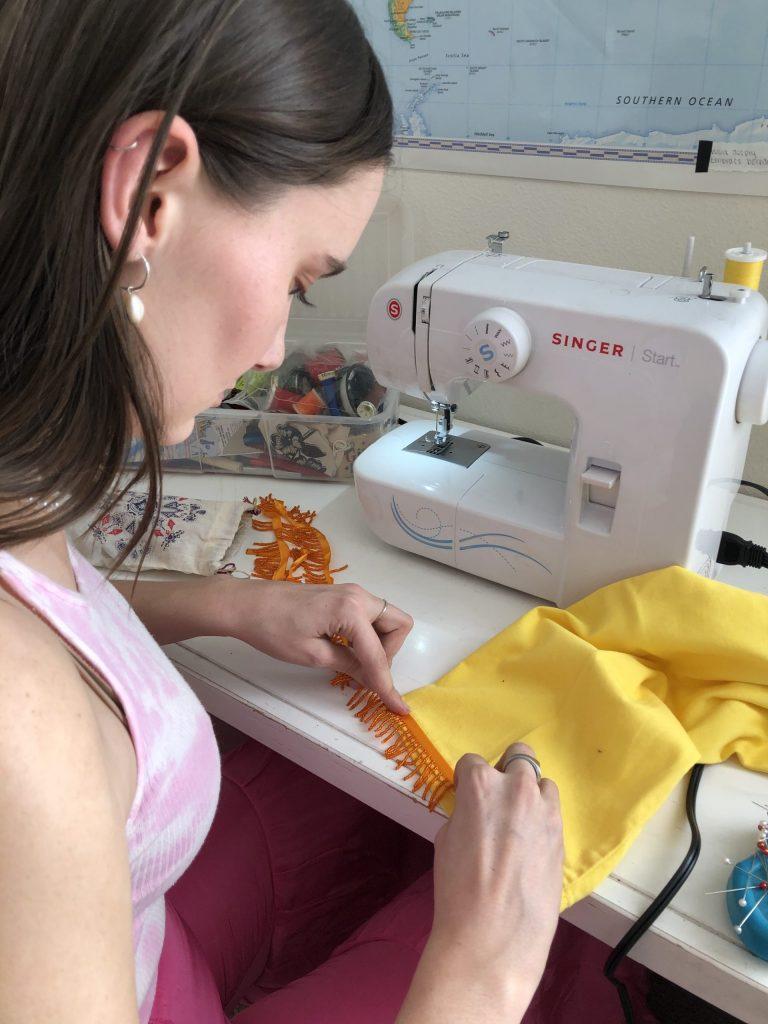
“There still isn’t a great way to dispose of clothing, so if I’m going to get rid of something but I still kind of like it, I might as well try to make it into something new,” VanHatten says. “Modifications extend the item’s life cycle. Even if it’s going to a thrift store, at the end of the day it still takes time and money to sort or dispose of.”
Find outfit inspiration online.
Fashion posts on apps like Pinterest and Instagram can make you look at clothes a little differently if you’re able to shape an outfit based on a picture you like. This is helpful while thrifting and also while putting an outfit together from your own wardrobe.
Play around, try things on, and have fun!
“When you buy something, make sure it’s something you really like, that you think is beautiful, that you can like the idea of wearing, and that has good quality,” says Cafaro. “Then it will tend to stand up over time.”
















